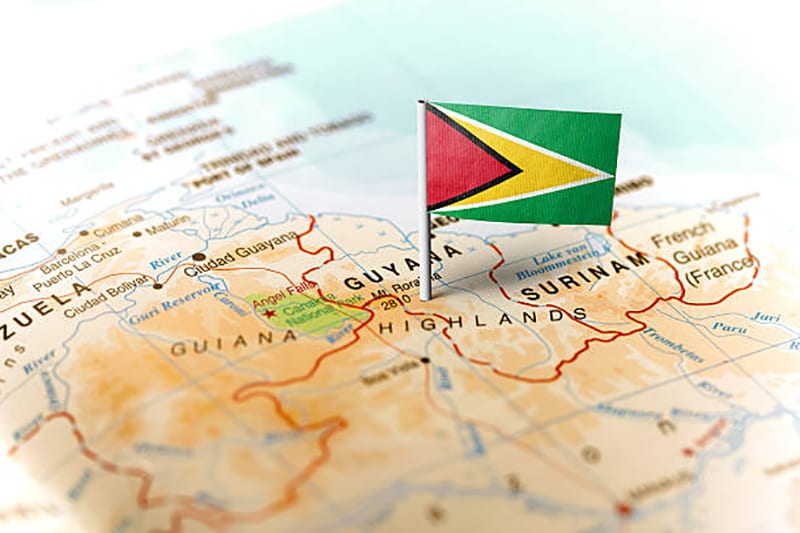Based on current output across the region, Guyana is expected to become the second-largest oil producer in South America after Brazil, with its oil production projected to reach 1.2 million barrels per day (bpd) by 2027. When it reaches this level, Guyana will surpass all other countries in the world in terms of oil production per capita.
An article in The Economist, published on July 12, delved into the South American country’s massive potential as a major oil and gas hub in the region.
“A country with 800,000 people, roughly as many as the English city of Nottingham, would become the world’s newest petrostate. Production is rising and could reach 1.2 million barrels a day by 2028, or 1.1% of global supply. If so, Guyana will soon produce more oil per person than any country in the world,” the article outlined.
The plan to hit 1.2 million barrels per day was signalled by operator ExxonMobil’s Senior Vice President, Neil Chapman back in March 2022. Now, a year later, there remains much scope for upside as more developments come online. The latest awaiting approval is the Whiptail project – Exxon’s sixth development. It will tap into the Whiptail, Pinktail, and Tilapia finds which Rystad Energy estimates to have 315 million, 269 million, and 450 million barrels of oil-equivalent resources respectively.
Beyond 2027, Stabroek Block co-venturer Hess has revealed that the Fangtooth reservoir is being considered for a seventh project.
According to The Economist, Guyana – the newest country to break out in the global energy sector – has made some right moves when it began; establishing a sovereign wealth fund and working with technologically advanced firms that want to get the oil out of the ground “greenly and cheaply”. But it still has a long way to go. Guyana has amassed significant revenue from oil sales. And this, The Economist advised, needs more “international scrutiny”.
“In 2020 it tightened the law that governs the wealth fund, to make it more transparent. That was welcomed. But it should go further by requiring some international oversight, even if just an auditor, to examine its inner workings,” the article stated.
Exxon is the operator of the massive 6.6 million acres Stabroek Block with a 45 percent interest. Hess holds 30 percent interest while CNOOC has a 25 percent stake. The co-venturers have found over 10 billion barrels of oil at Stabroek since 2015.
Read more: A timeline of Exxon’s oil development projects in Guyana | OilNOW




